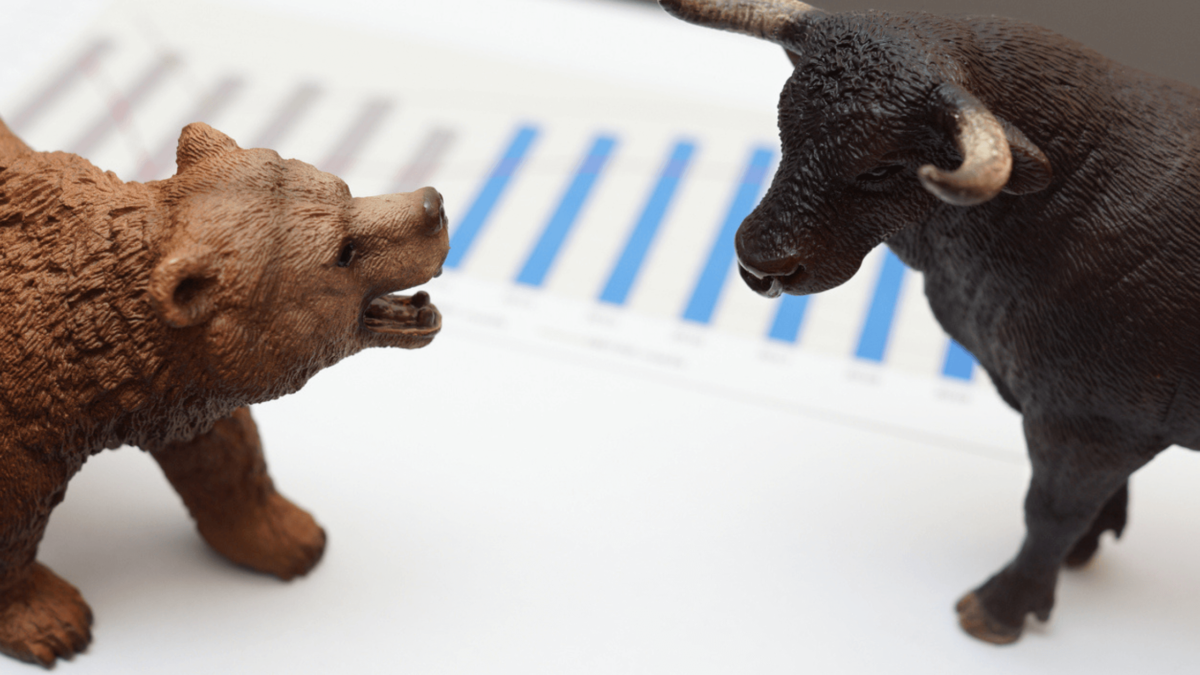Market refocuses on the Fed dilemma – the choice between inflation or recession
June 7, 2022

Powell’s choice – inflation or recession? US equities price action over the past two weeks highlights the Federal Reserve’s policy dilemma: it is walking a fine line between runaway inflation on one side and recession on the other. So, for the week beginning 23 May, the S&P 500 surged 6.6% on easing inflation, rates and yield fears. The rebound appeared technical in nature though – on oversold “oscillators” and off a 21% decline from its intraday high from 4 January. It also coincided with the 38.2% Fibonacci retracement of its entire bull market move from its March 2020 low to its January 2022 high and the price target from a “head and shoulders” pattern formed from December 2021 to January 2022. But last week, the S&P 500 rebound stalled, falling 1.2%, on “good news as bad news”, as strong jobs data triggered renewed inflation and rates fears.
Jobs data suggests a recession is nowhere imminent, but therein lies the stock market market’s unhappiness – it is too strong to bring down wage growth and second-round inflationary pressures. Non-farm payrolls added another 390,000 jobs in May compared with a revised increment of 436,000 for April. This was very much higher than the market consensus of 318,000. So, the jobs market remains hot, dashing hopes that wages growth will decline quickly. Another way of viewing this is that the y/y change in non-farm payrolls is still running hot at 4.5%, and typically, that figure has come down to something with a “zero” in front of it to crush inflation, either in tandem or with a lag. And typically, when there is a “zero” in front of the y/y percentage change in non-farm payrolls, a recession is either already underway or on the way. So, therein lies the policy dilemma – the decline in inflation the market wants requires much lower jobs growth, raising the risk of recession. Unemployment stayed at 3.6% for the third month running.
Job openings eased from almost 11.9m in March to 11.4m in April. But the market was disappointed. It wanted a lower figure of 11.35m. Another way to view this is that job openings are generally positively correlated with US inflation. So, to bring down inflation requires job openings to go down a lot more. Unfortunately, big declines in job openings also result in recessions in the US.
Again, in the same vein, average hourly earnings growth was still too strong for the market’s liking. It came in at 0.3% m/m, flatlined from April. On a y/y basis, it came in at 5.2% in May, down from 5.6% in April. But it was still at a historically very high level of growth. The market appears to have judged that too high to bring down an important domestic driver of inflation.
So, inflation expectations ticked back up together with the 10Y UST Yield. Last week, we noted the 10Y UST yield was poised at an important support at around 2.7%. And a break of the 2.7% support could result in further, large declines. But the technical support held. The 10Y yield bounced off its late-May low of 2.7% and ended the week at 2.9%. The 10Y breakeven inflation rate went up from 2.63% to 2.74% last week. The 5-year, 5-year Forward Inflation Expectation Rate went from 2.31% to 2.44%.
Inflationary pressures continue from energy, but there was some easing from food prices. Crude oil prices pushed higher last week, despite OPEC+ promising to deliver a higher production quota increase of 648,000 bpd, up from 432,000 bpd. Why? Because OPEC+ has been underproducing its quota anyway. For example, in April, OPEC+ produced 2.6m bpd less than its output target. This deviation from the output target has gone up dramatically from 0.7m bpd in January. So, increasing the quota while it is already underproducing due to capacity constraints suggests the actual output won’t rise by 648,000 bpd. It may simply mean a bigger deviation from the output target. That is, it may all be just a meaningless way of appeasing US pressure for more oil. Meanwhile US demand remains strong and inventory continues to be drawn down. The crack spread – the price differential between the price of petroleum product and the price of crude – has been rising sharply, showing that gasoline product prices have been surging ahead of the price of crude. And that usually results in higher crude prices, with a lag.
But there was some good news on the food front, with the FAO Food Price Index easing 0.6% in May compared to April. But it is still almost 23% higher on a y/y basis. The drop in May was led by declines in the vegetable oil and dairy price indices, but meat and cereals continued to rise.
The S&P 500 is losing momentum. We have always said this was a countertrend rally – a bounce within a bear market. The S&P 500 could still attempt to rally higher before resuming the downtrend in what we believe is an ongoing bear market. But near-term, it is losing momentum, caught in the pincer of the implacable contradiction between crushing inflation without crushing the economy.
Say Boon Lim
Say Boon Lim is CGS-CIMB's Melbourne-based Chief Investment Strategist. Over his 40-year career, he has worked in financial media, and banking and finance. Among other things, he has served as Chief Investment Officer for DBS Bank and Chief Investment Strategist for Standard Chartered Bank.
Say Boon has two passions - markets and martial arts. He has trained in Wing Chun Kung Fu and holds black belts in Shitoryu Karate and Shukokai Karate. Oh, and he loves a beer!







